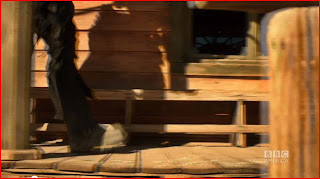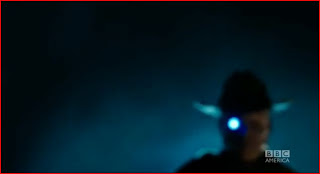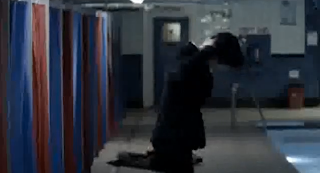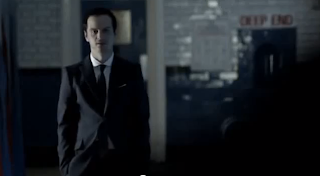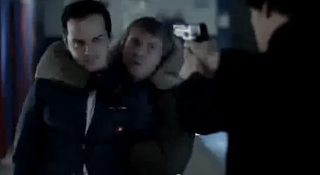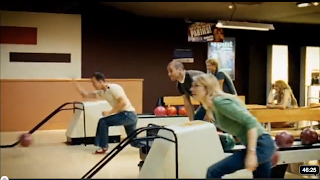In the 21st Century there are various methods people use to purchase or listen to music, buy merchandise or book a concert; one of the most popular, easily done and cheaper methods is via the internet. Unlike only a few years ago when the internet was only hitting its stride people where very limited in their options for going about these various tasks, usually these were the purchasing of the vinyl track or CD. These were made available either in store or at various music specialists. These types of shops were more commonly found back then than they are now as a direct result of the internet.
Nowadays with easy access to the internet and with an extra abundance of spending money, people can more easily purchase these various items via the internet. This along with a newly adapted "Techy" attitude; that our society has been developing has led to many of these providers to make their primary chain of supply via the online web rather than in store. Many large companies such as iTunes have heavily profited from this due to their easy accessibility and user friendly nature have built up a credible reputation (as opposed to the likes of "Napster" and so on) over the years and has become possibly the most used supplier for music and the like.
Although we do have this degree of ease of access etc. we have developed this attitude that even though downloading (in particular) has been made comparably easier and cheaper that as a direct result we expect to receive this content without paying for it. This way of obtaining content 'pirating' has been made extremely easy to conduct and is free, yet illegal. Because of this it has almost become the social norm to use pirating sites such as 'the pirate bay' and torrenting sites such as 'bit torrent'. People appear to be impatient and would rather easily and without cost obtain this content maybe without even thinking of the consequences... and some who do disregard any chance of legal action being taken against them for downloading this content.
On the other hand some still believe in buying these various items and pieces of content legally with or without the use of the internet; whether this be for what ever reason. Many may feel obliged to pay for the content legally, others may just want the merchandise in person rather than a digital download. It is essentially this divide between accessibility an morality that dictates societies attitude towards the consumption of music, this has changed greatly changed over time and I have no doubt that it will continue to do the same.












